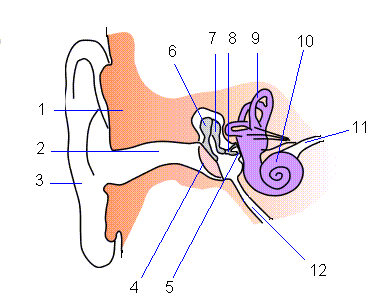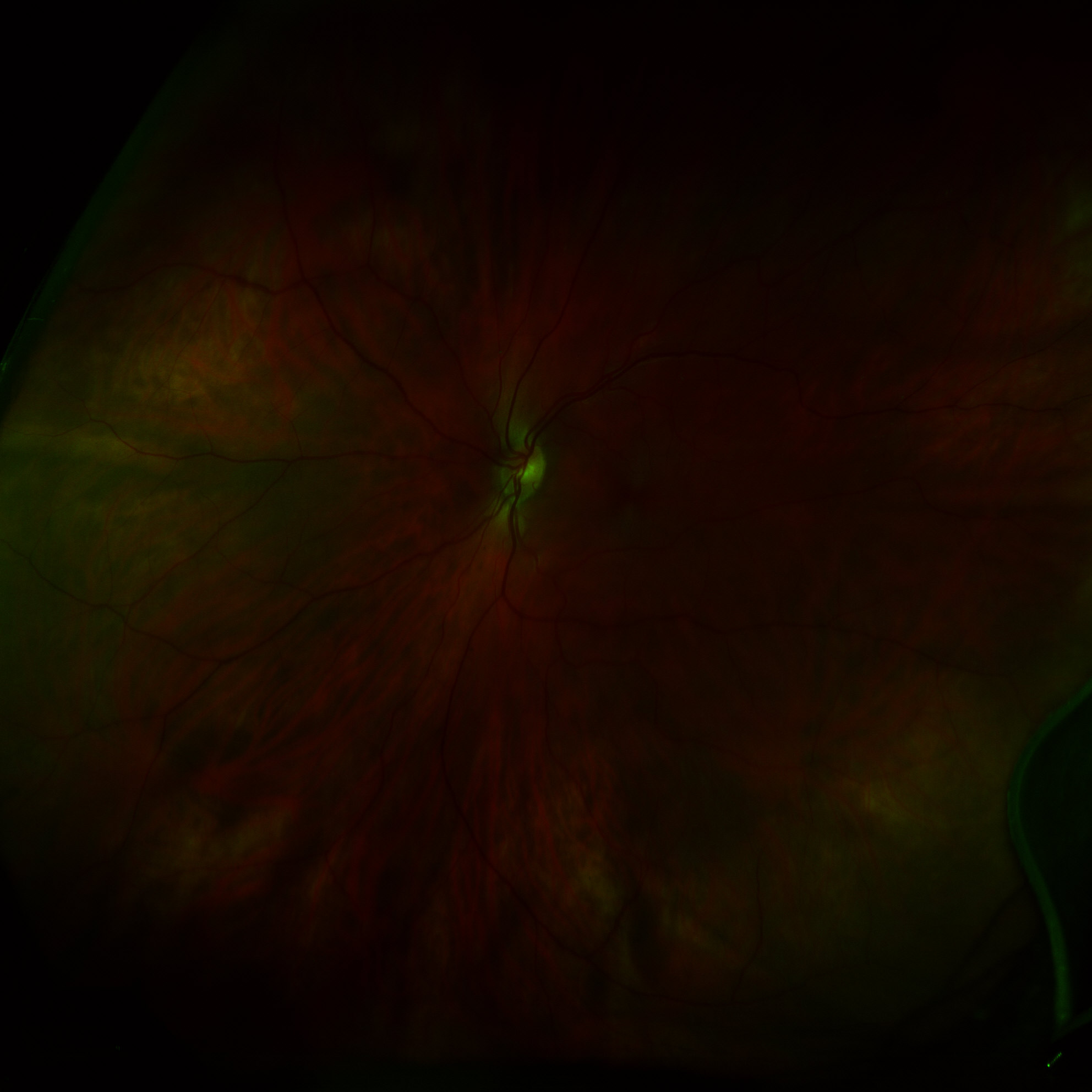
| LarryFrolich.com |
 |

SPECIAL SENSES AND CRANIAL NERVES
Check out the best optical illusions!!
|
BEFORE CLASS: BACKGROUND AND PREPARATION
|
||
| GOALS | PRESENTATIONS | ACTIVITIES |
|
Readings from The Natural History of the Senses Head and Neck III: Special Senses
|
Optic Nerve Blind Spot
Eye and Ear Anatomy
|
|
Head and Neck IV: Review--Cranial Nerves
|
Cranial nerve testing and function View trigeminal nerve dissection on cadaver |
| WEB RESOURCES Space Sickness and the Vestibular System (great site for understanding balance) [link] Extrinsic Eye Muscles--animation showing deficits Lens of eye--focus or accommodation animation Animation showing lens focusing in near-sighted and far-sighted eye with and without eye glasses Sound entering from external through middle ear animation Virtual tour of the ear (more than you could ever want to know about the ear) Nice review of cranial nerves--includes clinical tests for nerves and cryptogram puzzle of nerves (Washington U) More detail cranial nerves, but some missing (Yale Medical) Review with photos of nerves in skull--check out branches of Trigeminal (Loyola) Nice details on retina from University of Utah--great views through ophthalmoscope of retina Incredible detail on hearing function [link] (from online Nervous System textbook)
|
||
| DETAILED LEARNING OBJECTIVES Special Senses
Cranial Nerves
|
||
Frolich Retina Left Eye--2008

Larry M Frolich, Ph.D.
∞
Miami Dade College ∞
Wolfson
Campus
∞
Natural Sciences
∞
Miami,
FL 33132 ∞
Office 1504
∞
(305)
237-7589
∞ e-mail
